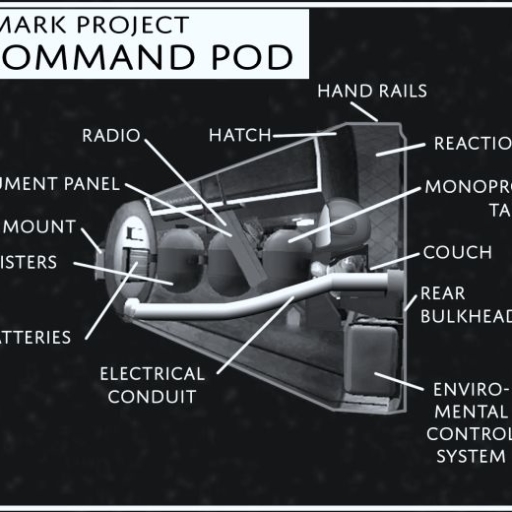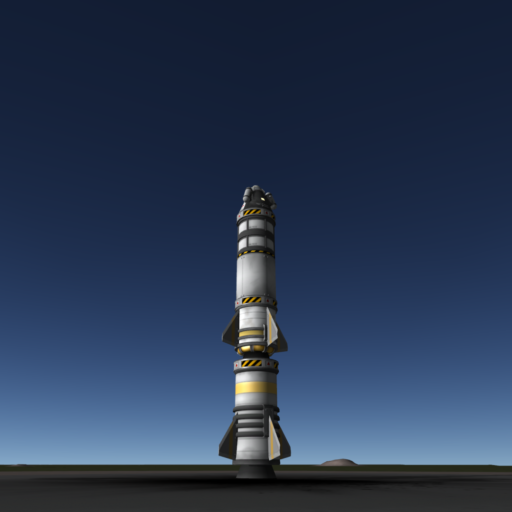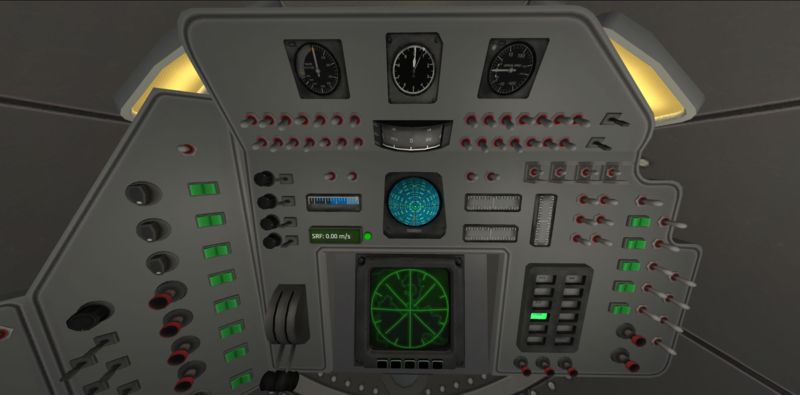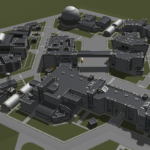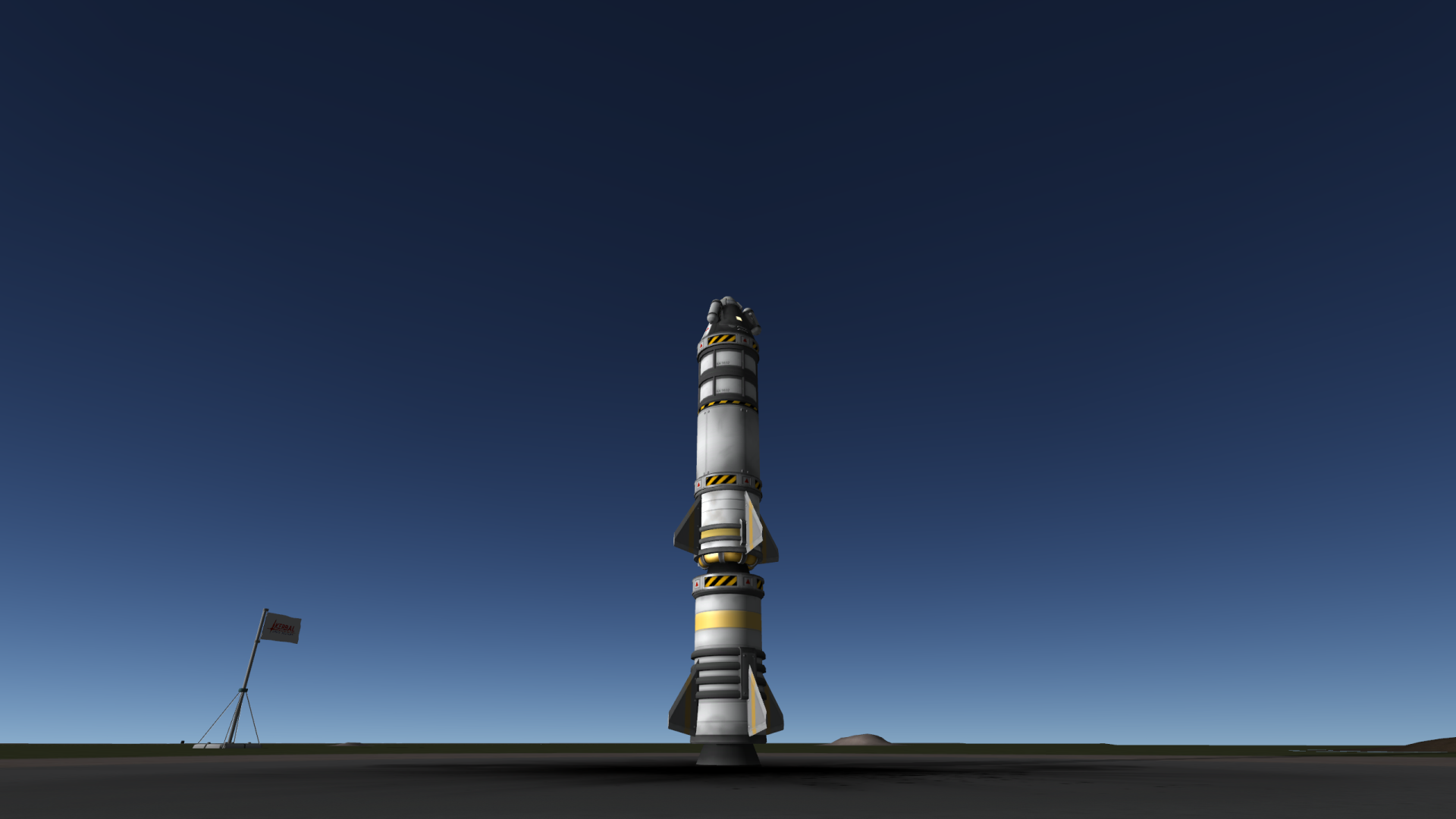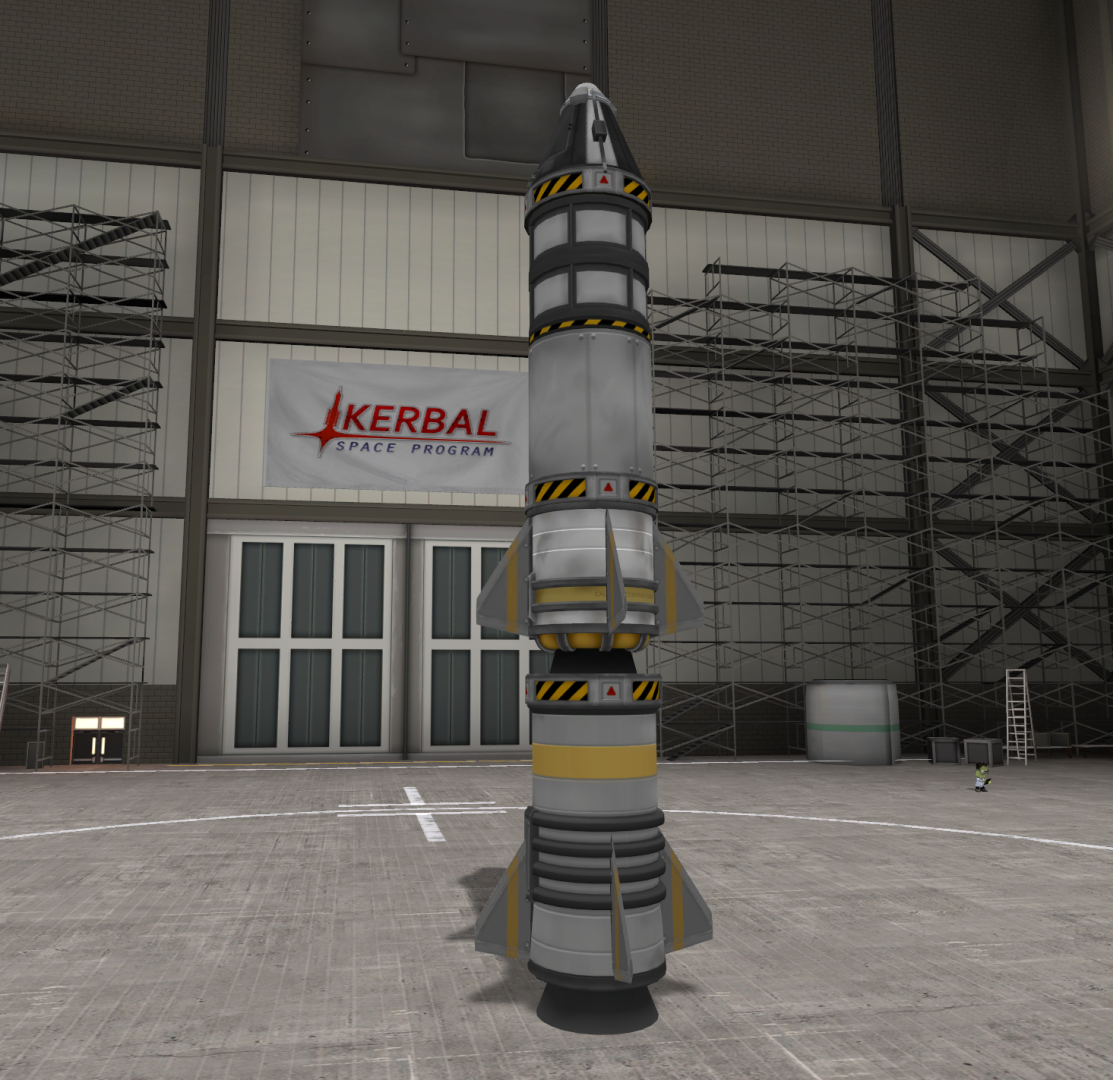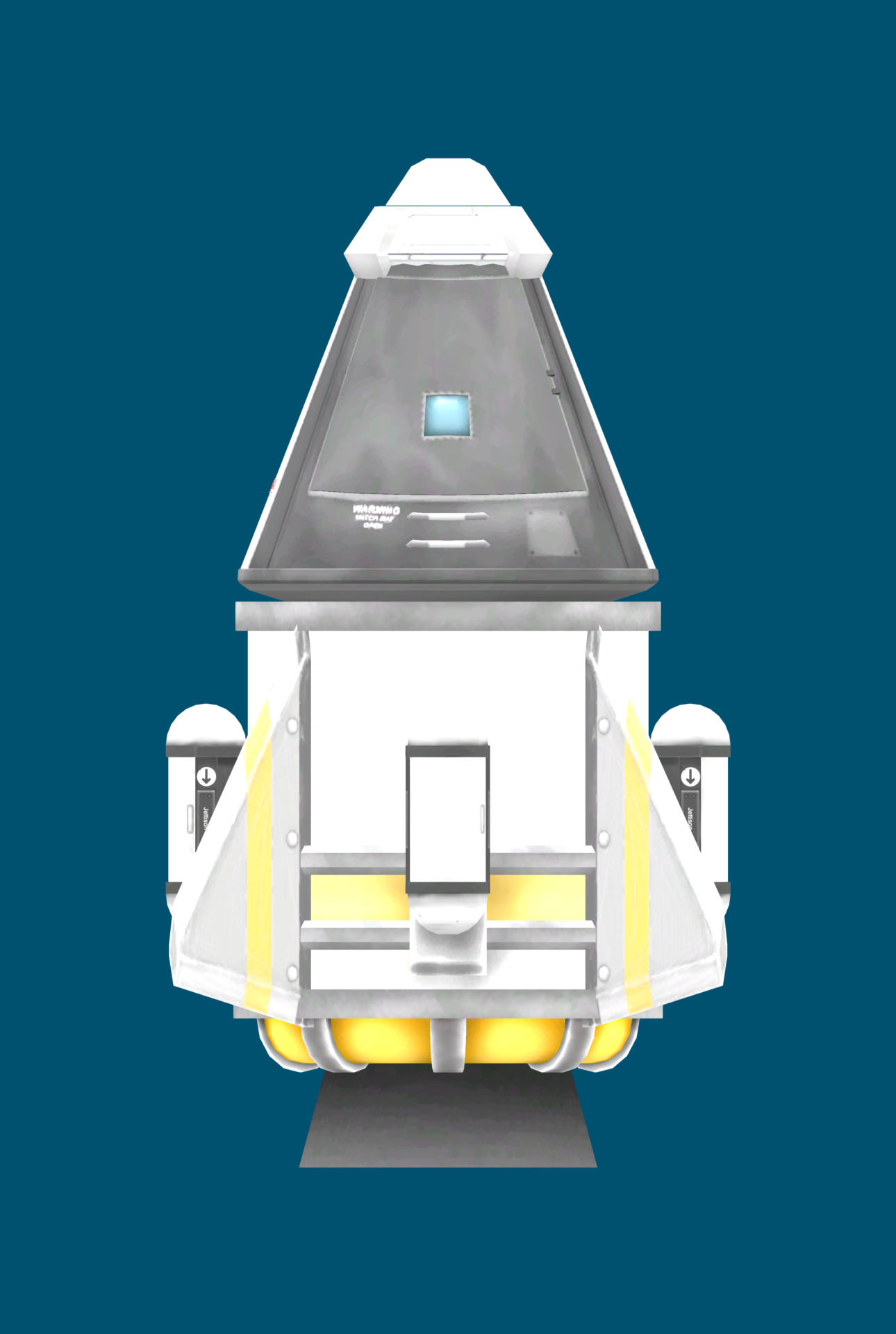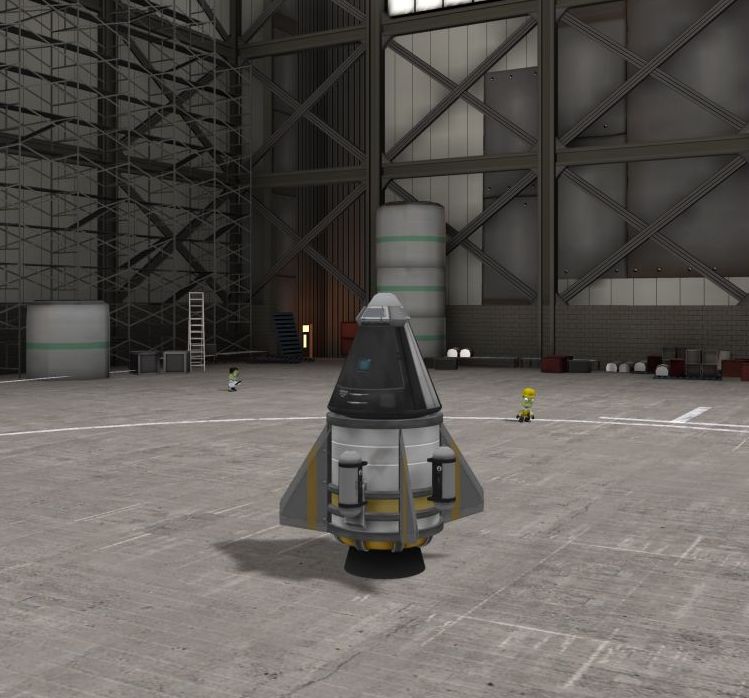It is expected that the Kerbal Space Center will be announcing the next in the Mark program launches, presumably named the Mark Four.
This reporter has received multiple reports from a number of reliable sources which when taken together all seem to point to a major announcement in the Mark program within the next few days.
It has been an unusual amount of time since the launch of the Mark Three, and speculation is that the next mission is utilizing a radical new approach to rocket design. Keep reading Comm Net News to find out!



